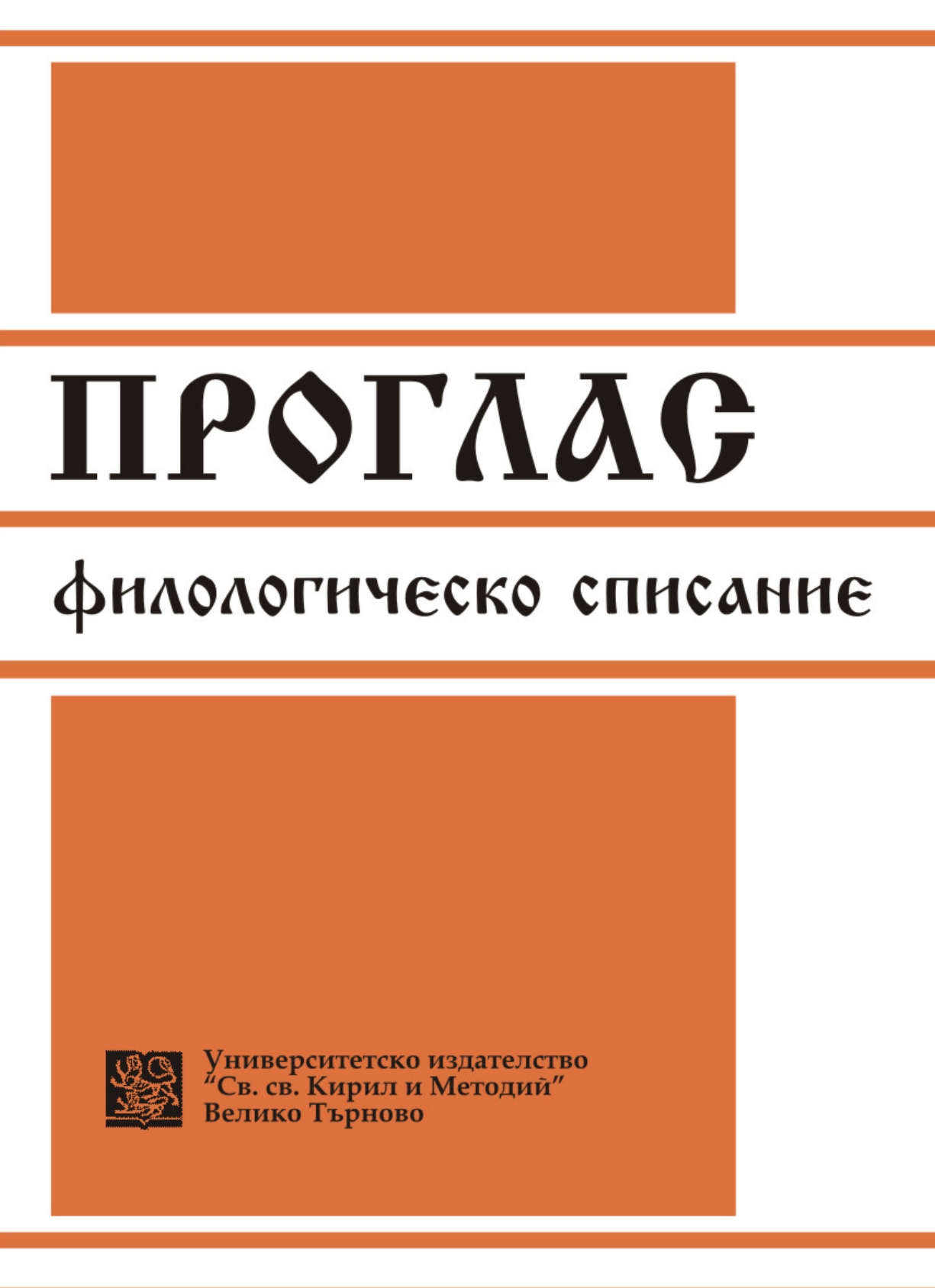
We kindly inform you that, as long as the subject affiliation of our 300.000+ articles is in progress, you might get unsufficient or no results on your third level or second level search. In this case, please broaden your search criteria.

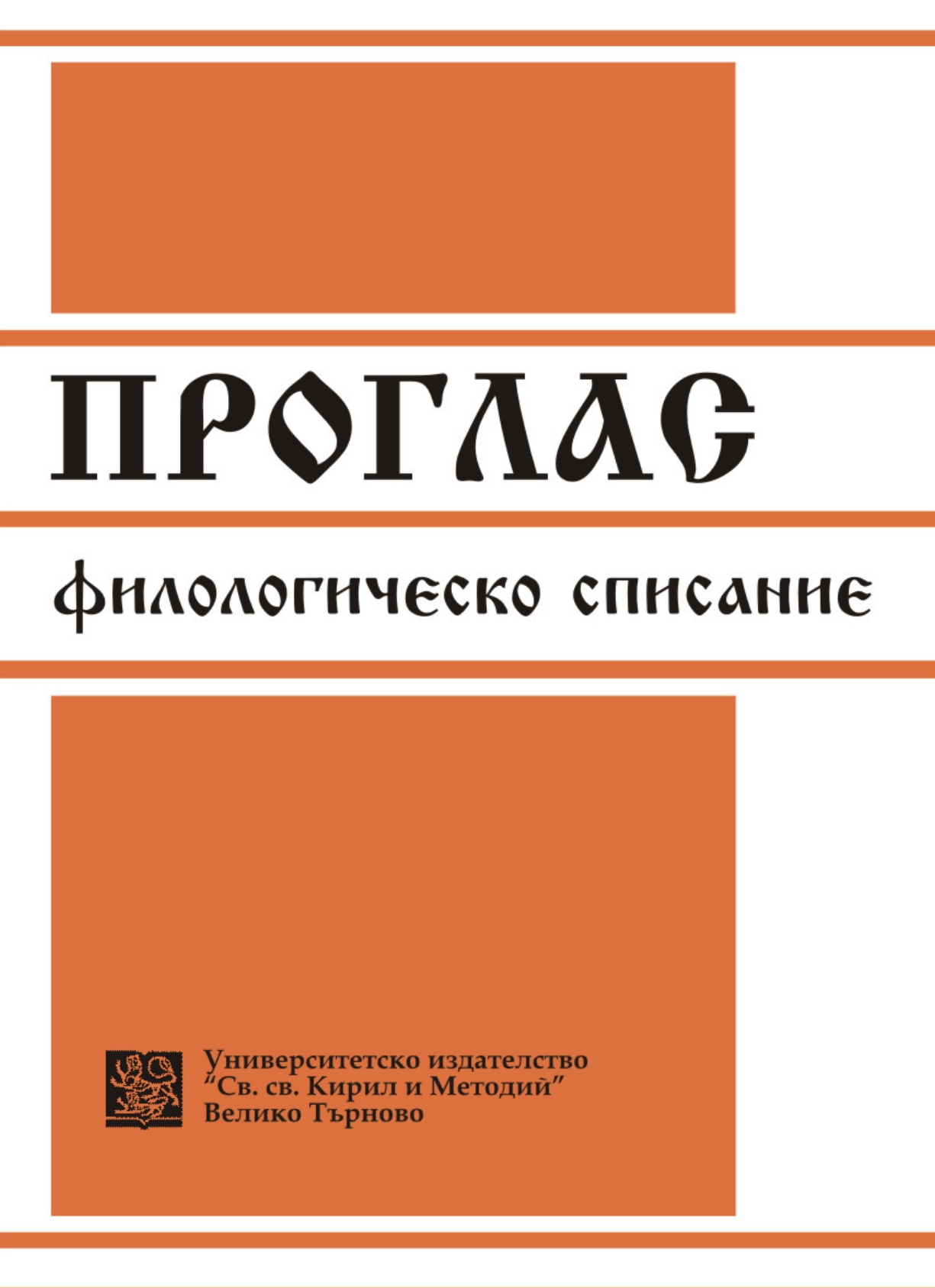
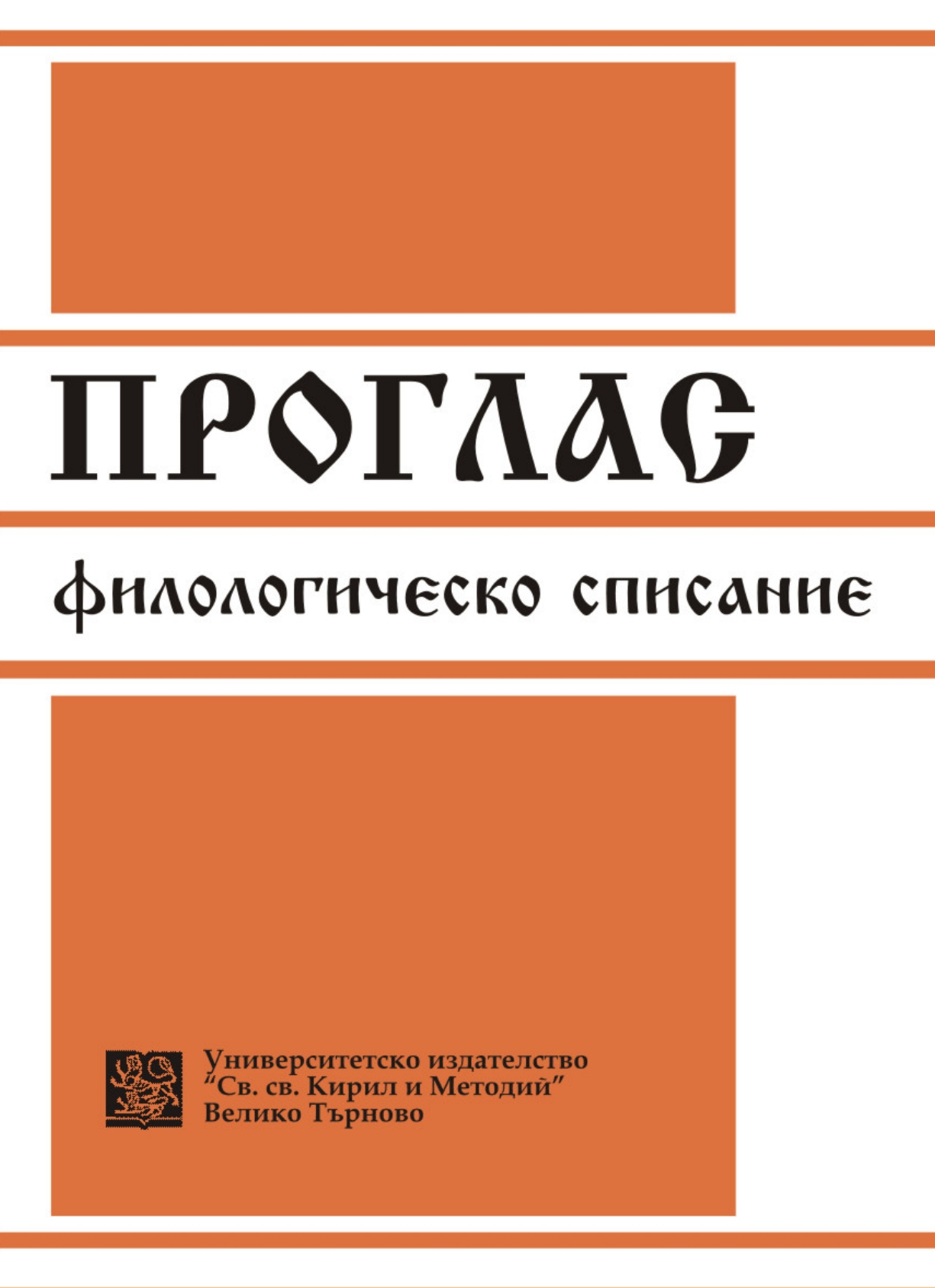
The present paper deals with the concepts of GOOD and BAD as reflected in the Bulgarian lexical system from the standpoint of Cognitive Metaphor Theory, developed by G. Lakoff and M. Johnson. The study is based on the view that the concepts of GOOD and BAD undoubtedly belong to the natural kind of human experience, but nevertheless require definition by means of metaphors as the concepts do not exist objectively in the physical world but emerge from human understanding. The linguistic data elucidate metaphors based on image schemata for ENERGY, FORCE, CONTROL, BALANCE and EQUILIBRIUM on which the conceptualization of the notions under scrutiny here is based in the minds of Bulgarians.
More...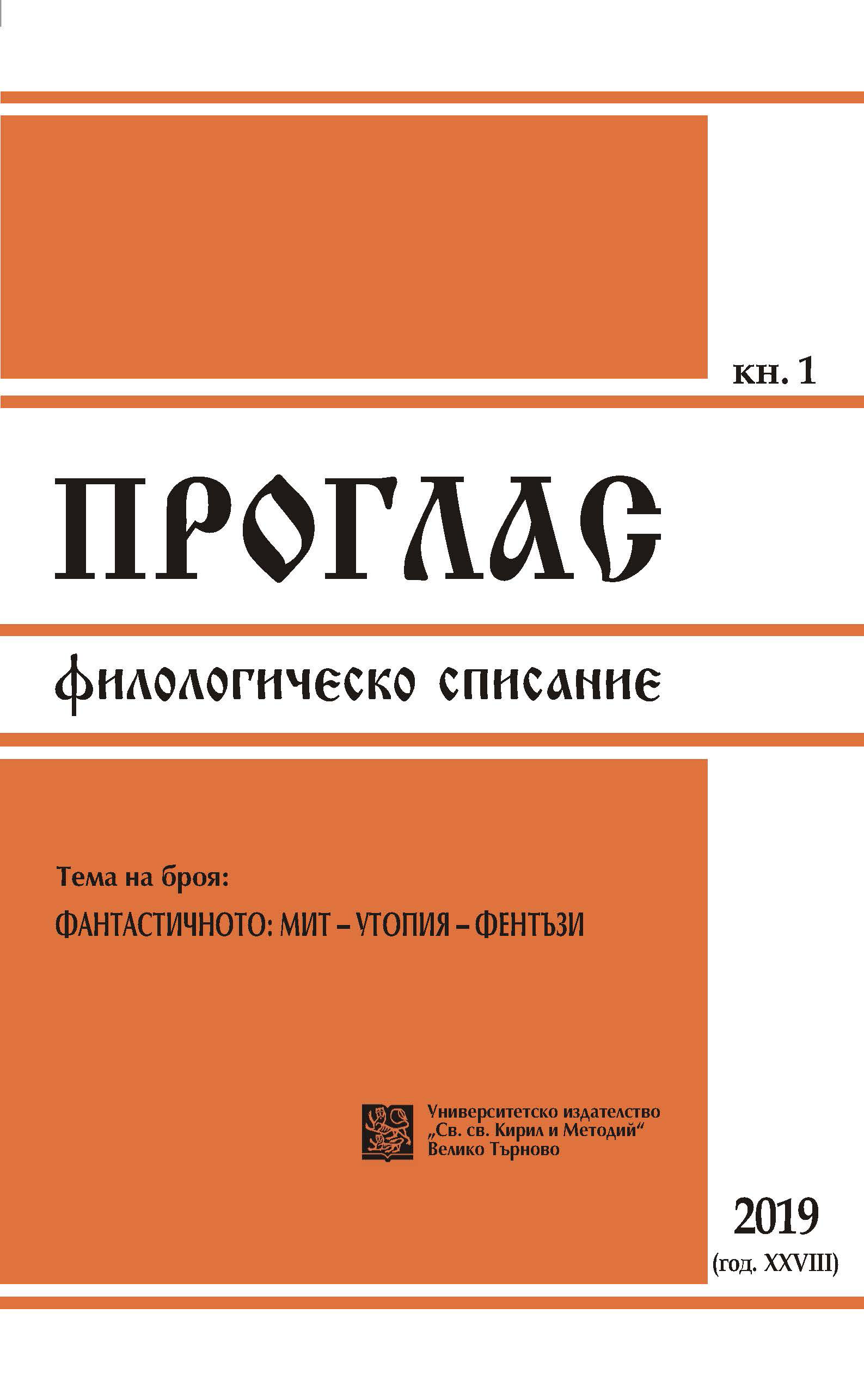
The present article is a sequel to “Cultural Stereotypes. The Image of The Japanese” published in “Proglas”, Vol. 27, No 1, 2018. The aim of the research this time is to present the image of the Bulgarians through the eyes of the Japanese. To do this, we tackled the following tasks: 1) To outline the image of the Bulgarians reflected in Japanese media; 2) To present the image of the Bulgarians that Japanese students have prior to visitingVeliko Tarnovo University (VTU); 3) To find out how this image changes after the visit and after the direct contact between Bulgarian and Japanese students.The author comments on the cultural (national) stereotypes concerning Bulgarians with regard to their content,their assessment and the reasons for their formation.
More...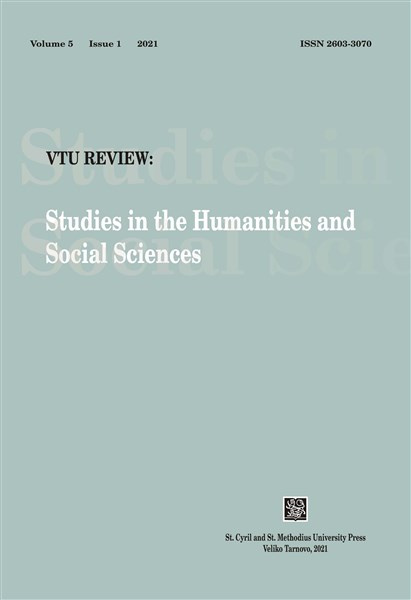
Language and discourse are basic tools in political mobilization, interaction, negotiation, and legitimization. This article discusses discourse as a form of social action in the processes of politici¬zation of Romani ethnogenesis and in the construction of Romani nationhood. The main research questions focus on the political language that the International Romani Movement (IRM) has been seeking to forge (mainly in the last two decades), on the alternative frames it can provide, and its unifying potential, serving as the basis for collective national identity. This new political discourse is viewed as performing several functions: creating a sense of homogeneity, devising strategies for interaction and self-reflexivity, providing collective coping mechanisms against internal divisions or external threats, and aiming at positive representation through normative transformation. Answers are sought to questions regarding how old and new values, meanings and traditions should be embodied in the language of Romani ethnonationalism, or when dealing with taboo and sensitive issues. A multiperspectival framework has been applied to analyse interviews, field data, and selected texts from Roma policy documents, media publications, and public speeches. Conclusions have been made regarding the choice of power relations Roma resolve to engage in and the contextual factors for achieving legitimacy.
More...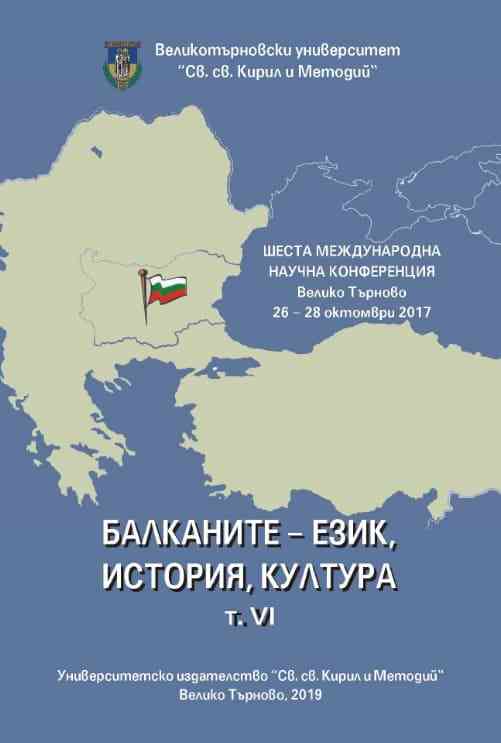
The report presents material from the speaking community about the blessings and good wishes, the Bulgarians of Shishtavec village (Republic of Albania). The collected material shows a well shaped and very rich category with blessings and good wishes to reveal important features of typological Shishtavec Bulgarians. They are loving, generous and positive emotional stressed. Wishes are associated with good wishes, good health for families, long and happy life, success and more.
More...
The purpose of the present article is to scrutinize some curious details concerning the Balkans to be found in the western travel notes during the 15th century. Our attention was primarily concentrated on the data provided by Roberto Sanseverino, Alessandro Ariosto, Santo Brasca, Bernard von Breidenbach, Konrad Grьnemberg, and Arnold von Harff. The travellers listed above provide rather intriguing information concerning specific customary practices, language, religion, manufacture, costume, agriculture, trade, wine production, etc. In this study we focus on data about the lands of Albania and their cities, on the texts describing actual political situation, there included the administration and taxation, the fear of the Ottoman omnipotence, the eventual military opportunities, coeval events or such of the recent past.
More...
The education of the children of Bulgarian subjects in the Kingdom of Bulgaria belonging to ethnic and religious communities other than the Bulgarian is held in public, private and foreign schools. The number of children belonging to the Bulgarian-Mohammedan and Turkish population in Bulgaria is predominant during the period under review. By number of schools and children covered, private Turkish schools in the Kardzhali region ranked first in the country. The status of private schools is determined by the Bulgarian educational legislation, in accordance with the international agreements of Bulgaria. According to Art. 55 of the Treaty of Neuilly, undertakes to enable minority children to study in primary schools in the own language. The implementation of this provision is not applied by the Bulgarian educational institutions in the country and the region. According to them, providing opportunities for further education of children in public schools requires more financial resources to support them than in private Turkish schools. The Ministry of National Education after the changes in the National Education Act in 1921. takes measures to increase teachers in Bulgarian language, Bulgarian history and geography in private Turkish schools. Due to the lack of teachers of Bulgarian language of Turkish origin, at the request of the Mustangli District School Inspectorate, teachers of Bulgarian origin are appointed. The tendency for increasing Bulgarian teachers in private Turkish schools is maintained during the period under review. Their appointment meets resistance from some Muslim clergy who attach greater importance to religious education and upbringing to maintain their influence among the local Turkish population. The management of BANU increases the financial support for private Turkish schools. After the military coup on June 9, 1923 there has been a change in the government’s educational policy towards private schools regarding the limitation of funding for Turkish private schools. The policy of reducing the financial costs of private Turkish schools continued to govern governments after the coup of May 19, 1934. Due to poor hygiene conditions, poor physical and educational background, lack of competent Turkish teachers, non-compliance with state education law, many private Turkish schools in the country and the region are closed.
More...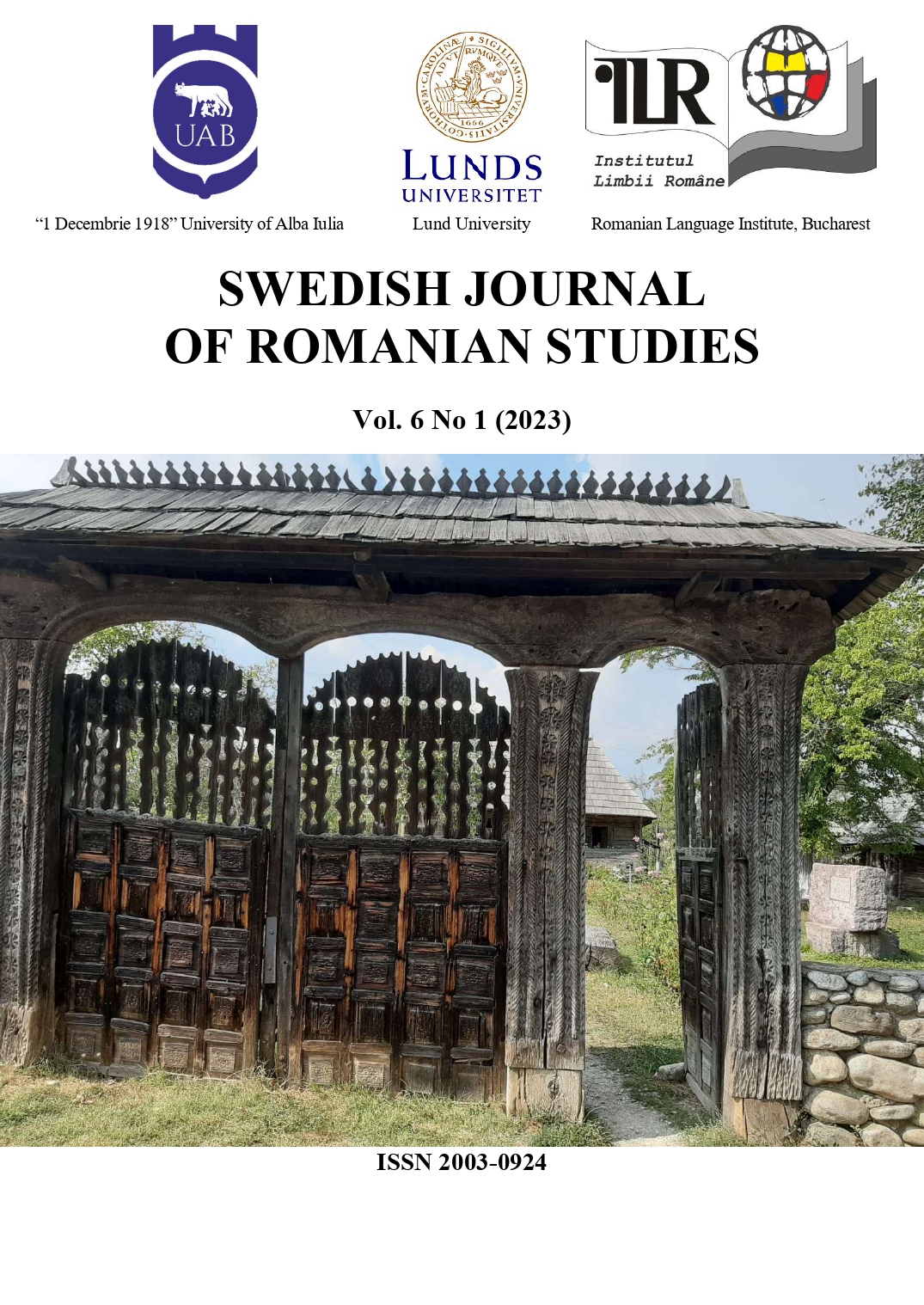
The popularity of the idea of social banditry is closely related to the socio-historical, economic and cultural context, and literature and history only record the reasons why the noble thief, in many variants the outlaw, become some of the central figures of the Romanian historical novel of the 19th century. The outlaw novel is detached from the literary body of the hajduk prose and proposes another series of motives for the actions of the main characters. Cruelty is no longer euphemized by the oversize of the noble character, and the passionate prowess, selfishness, and murder foreshadow the outlaw’s refuge in a society of outcasts, which opposes the official societal model. Through the character of the social outlaw, Panait Macri and Ilie Ighel propose another model of social bandit, the thief who, although initially occupying a privileged social position in the community to which he belongs, commits out of passion a gruesome crime, which will serve as an occasion for his exclusion from the community structure from which he claims. The social thief renounces the aura of vigilante or protector of the horned, and, yielding to the dark desires for the attainment of personal power and prosperity, becomes the embodiment of the evil to be feared, a hypostasis which does not make him repugnant in the collective imagination but, on the contrary, attractive.
More...
Within the framework of the Seminar ”Romanian Exile and Migration: Cultural Representations in Europe”, the aim of this work is to illustrate, through the diaries of Mircea Eliade, the reasons and circumstances in which the Romanian writer and historian of religions leaves his country, the different stages and destinations of his exile, the literary and scientific contributions made by him in this context, as well as the reflections that the author makes about his own situation and about this phenomenon.
More...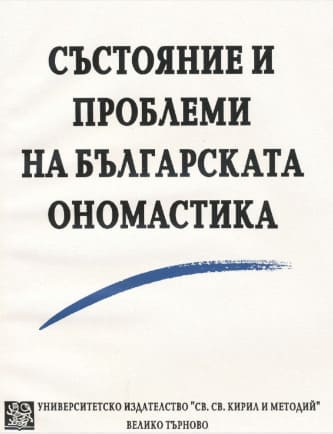
Settlement studies have an interdisciplinary character and affect a number of areas of scientific knowledge: history, geography, ethnology, archeology, Bulgarian language and of course, onomastics. The municipality of Nedelino is interesting for its cultural and historical heritage and unique Nedelino two-voice, which is not found elsewhere in Bulgaria. Here you can feel the Rhodopean lifestyle and culture and get to know the spirituality of the Rhodopean people.
More...

In the book Symbolism of the Summer Solstice: Comparative Readings, Iosefina Blazsani-Batto approaches, through a comparative perspective, a theme with wide resonances in Romanian folkloric mythology, but also in the universal one, taken up by many historians of religions, exegetes and, last but not least, writers. The wide area of research reflects the author's desire to document as well as possible the scholarly approach to the theme and to give secondary importance to field sources, as well as to imaginative elaborations of them. The research, especially through its various hermeneutic possibilities, is a meritorious achievement which, complemented by the author's constant preoccupation with this field, offers a textually illustrated field of analysis of the subject, both in terms of theory (ethnography) and folklore and literature.
More...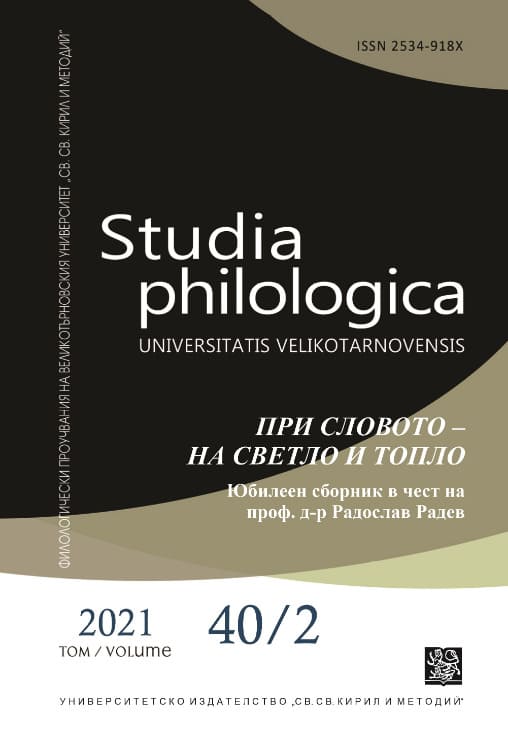
The article analyzes the concepts of home and house in the linguistic consciousness of Bulgarians on the basis of data from dictionary descriptions, free associative experiments and Internet sources, as well as of excerpts from literary texts. The dynamics in the development of the concepts is observed, and lexicographic solutions are offered. The conclusions has a practical application in translation.
More...
The aim of the article is to outline the basic critical possibilities that visual and linguistic art can have in the world of anthropocene. Referring to, among other things examples of the so-called slick images by Susan Schuppli and poems by Polish poet Kacper Bartczak I look at images in digital and poetic media. I am interested in the differences between an artistic activity in which inhuman actors play an important role and one in which the main initiator is still a human being, trying to place human language and human artifacts in the network of biological-technological transformations.
More...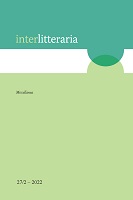
This study focuses on stereotyped images and topics relating to Hungary and the Hungarians, as presented by the Spanish writer Vicente Blasco Ibáñez in his travel book Oriente (The Orient), written in 1907 en route to the Ottoman Empire. Two chapters from part one of the book are about a stage in his journey that was a boat trip along the Danube, starting in Vienna and finishing in Budapest. This section of the book deals with the Hungarian Kingdom within the Austro-Hungarian Empire. In these chapters the author displays a rudimentary knowledge of Hungarian history, and interprets the political and social reality of the country in a simplistic, topical, distorted way. The author describes the landscape and the historic monuments, as well as making a political analysis of the ambitions of Hungarians within the Empire. He compensates for his his lack of knowledge by offering his readers stereotyped images of what, in his time, would be seen as typically Hungarian. Nevertheless, he succeeds in foretelling the collapse of the Austro-Hungarian Empire, and suggests this would happen as a consequence of an armed conflict, even though he cannot imagine how near in time it actually was, or the circumstances surrounding it.
More...
In the early through to mid-20th century (before the Second World War), the Jewish population in Samogitian towns was quite abundant; they were generally business owners, and therefore there could have been various relationships between the rural Samogitian farmers and the urban Jews. The paper analyses the material of dialectal texts (recorded in the 1980s through to 2010s) from the ethnolinguistic perspective to find out how the Samogitian attitude towards Jews is reflected in the Samogitian linguistic worldview. The study focuses mainly on the methodology of the Lublin Ethnolinguistic School, in particular in terms of the view that language is directly related to culture, identity, and remembrance. The research revealed that the Jewish ethnic stereotype in the Samogitian linguistic worldview was quite positive, while especially negative evaluation was related to the context of religion.
More...
At the turn of the 20th century, exotic shows as a form of displaying otherness gained wide popularity among various kinds of mass entertainment in Europe and the United States. Promoted professionally, the shows attracted public interest, combining the acquisition of knowledge with leisure. The freaks and people of non-European descent exhibited in different public spaces – zoos, parks, circus – not only demonstrated ‘nature’s errors’ and the diversity of human beings, but also the development of the human body and society within the framework of racial and evolutionary theories. The socio-economic and cultural context of each host country added that country’s own meaning to the messages of the shows. Exotic shows staged in the Baltic provinces of the Russian Empire inhabited by Latvians created a situation in which entertainment invented by modern colonialism took place in a territory directly affected by colonialism. Providing an insight into these shows, emphasizing exotic otherness mainly in Riga, the article seeks answers to the questions of who the audience was for these shows, and what kind of power relations, if any, between “living specimens” and spectators, and among spectators, one can deduce from the performance venue.
More...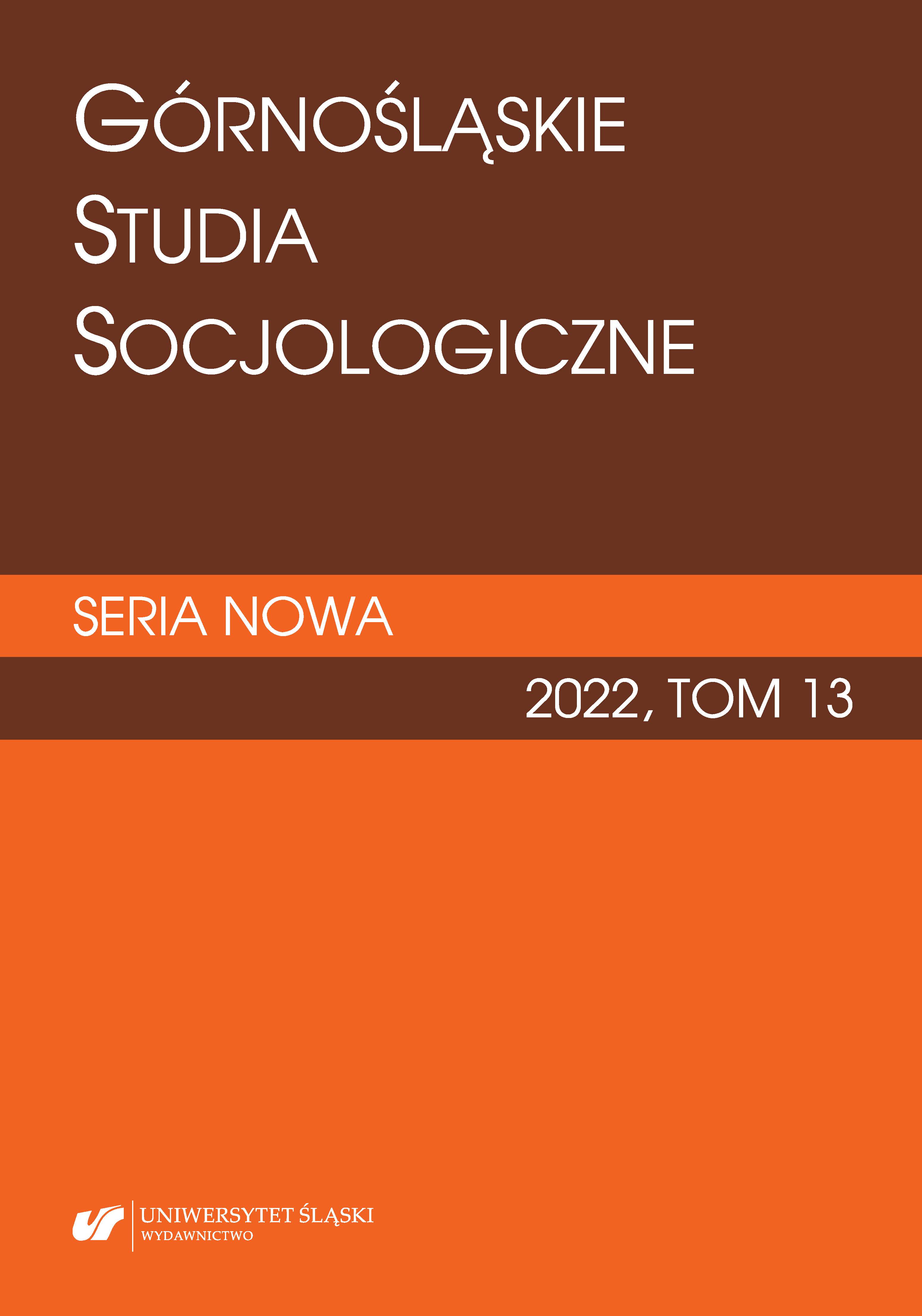
Krzysztof Sztalt’s aim in this article is to highlight the cognitive values of literature in the field of morality and axiology. He begins by listing the functions of literature and emphasizing the cognitive function. He goes on to indicate the differences between literary and scientific cognition. He then considers the possibility of focusing, during the process of the cognition of literary works, on moral and axiological problems. Addressing these problems he cites a specific literary examples. He argues that pre-sociological literary cognition can be no less valuable and important than sociological cognition. In his opinion, both forms of cognition complement each other.
More...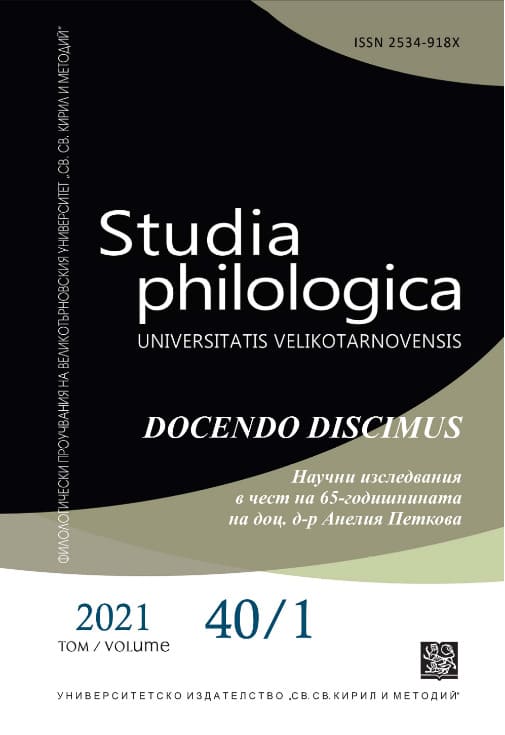
The stereotypical image of Bulgarian people in the Italian mind often has a negative connotation. There are no definite reasons for the pejorative attitude, but the ethnonym bulgaro is part of several stable word combinations or basis for word formation with negative semantics. In general, toponyms and anthroponyms containing the stem bulgaro are devoid of connotation.
More...